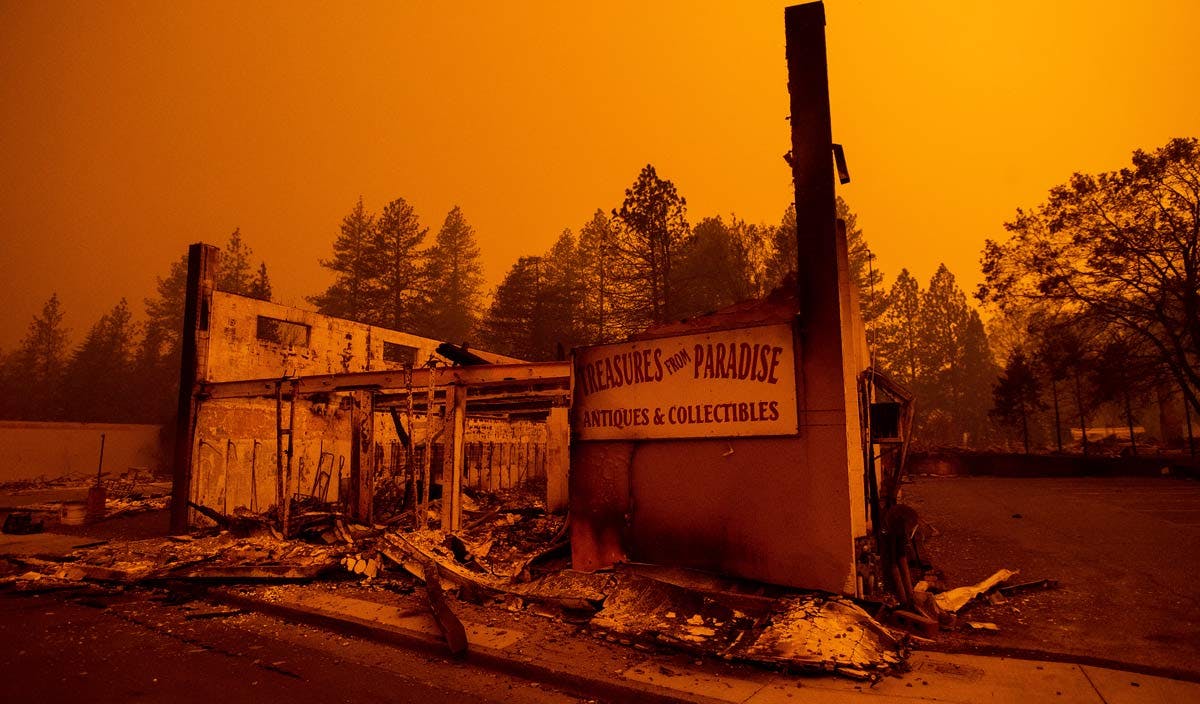How many fires does it take to get to the center of a solution?


Nearly 16,000 structures have been destroyed in the Camp Fire, the deadliest and most destructive fire in the history of California. (The next nine worst blazes in the state together destroyed 20,500 structures.) The devastation is in part a story of how climate change–induced “boom and bust” cycles of rainfall and drought have made firetraps of California forests. But it’s also a story about the way we build.
In lieu of recent events, California has been hit with a wave of wildfires. Affected in both the Southern and Northern areas of California, the recent months have left many Californians with nothing. Areas have been reduced to ash, leaving homeowners to evacuate the area. The blame can be pointed to several contributing factors. However, what solutions can be made in order to prevent these destructive fires from engulfing these areas?
Wildfires are nothing new to California, yet, with more and more Westerners wanting to live in or near nature, the number of homes located in the wildland-urban interface, or WUI, has increased from 3.3 million to 4.4 million. Homeowners wanting to live in nature is nothing uncommon. States like Colorado or North Carolina have homeowners that share this similar desire. However, the West is filled with wildlands, and wildlands do burn. Historically, wildfires in the West are tied with the mismanagement of forests and land. Along with strict WUI buildin...
Katherine Guimapang via Archinect - News http://bit.ly/2Q04pGe
Yorumlar
Yorum Gönder